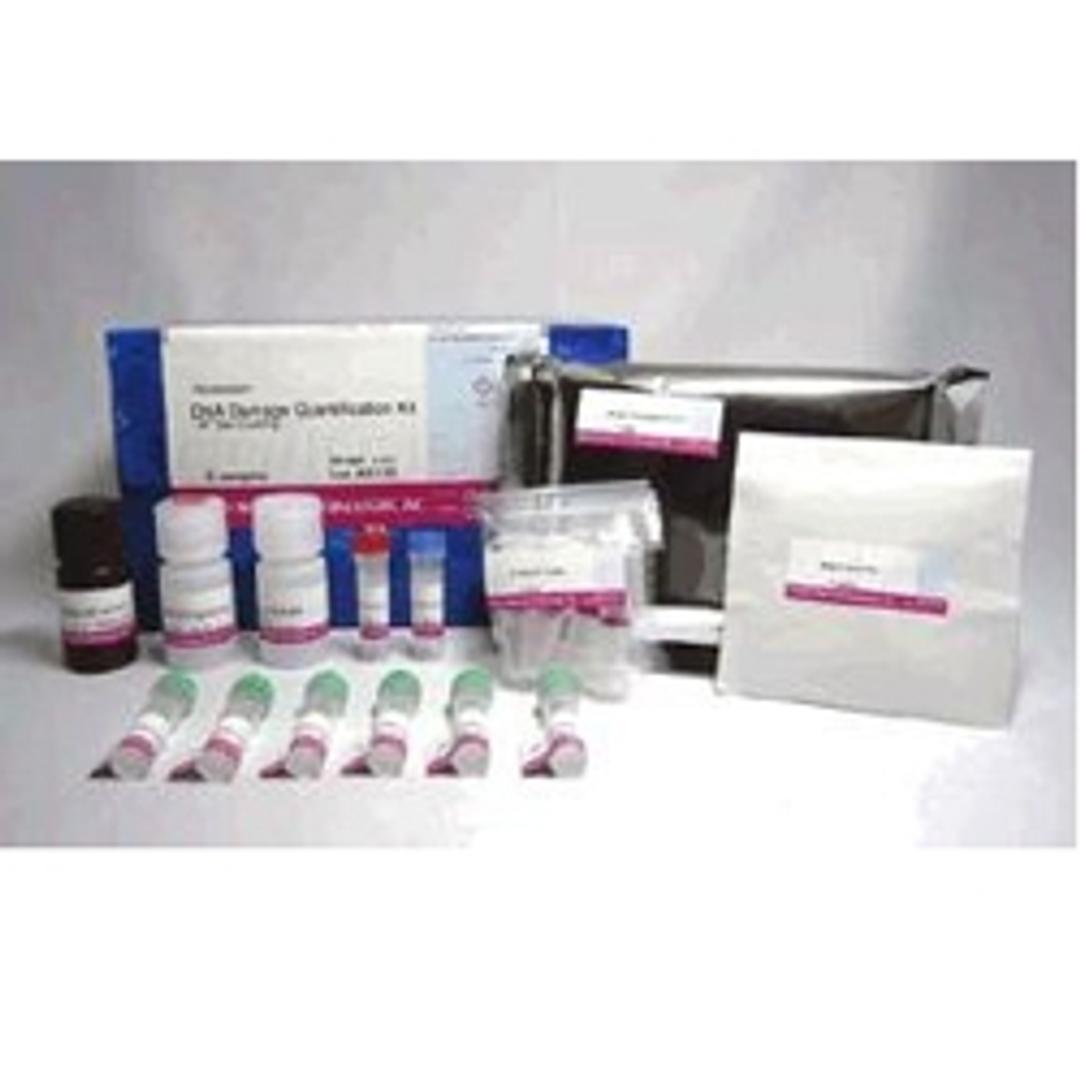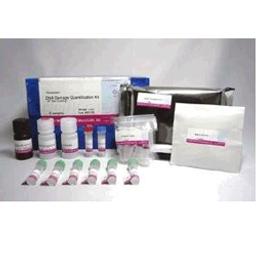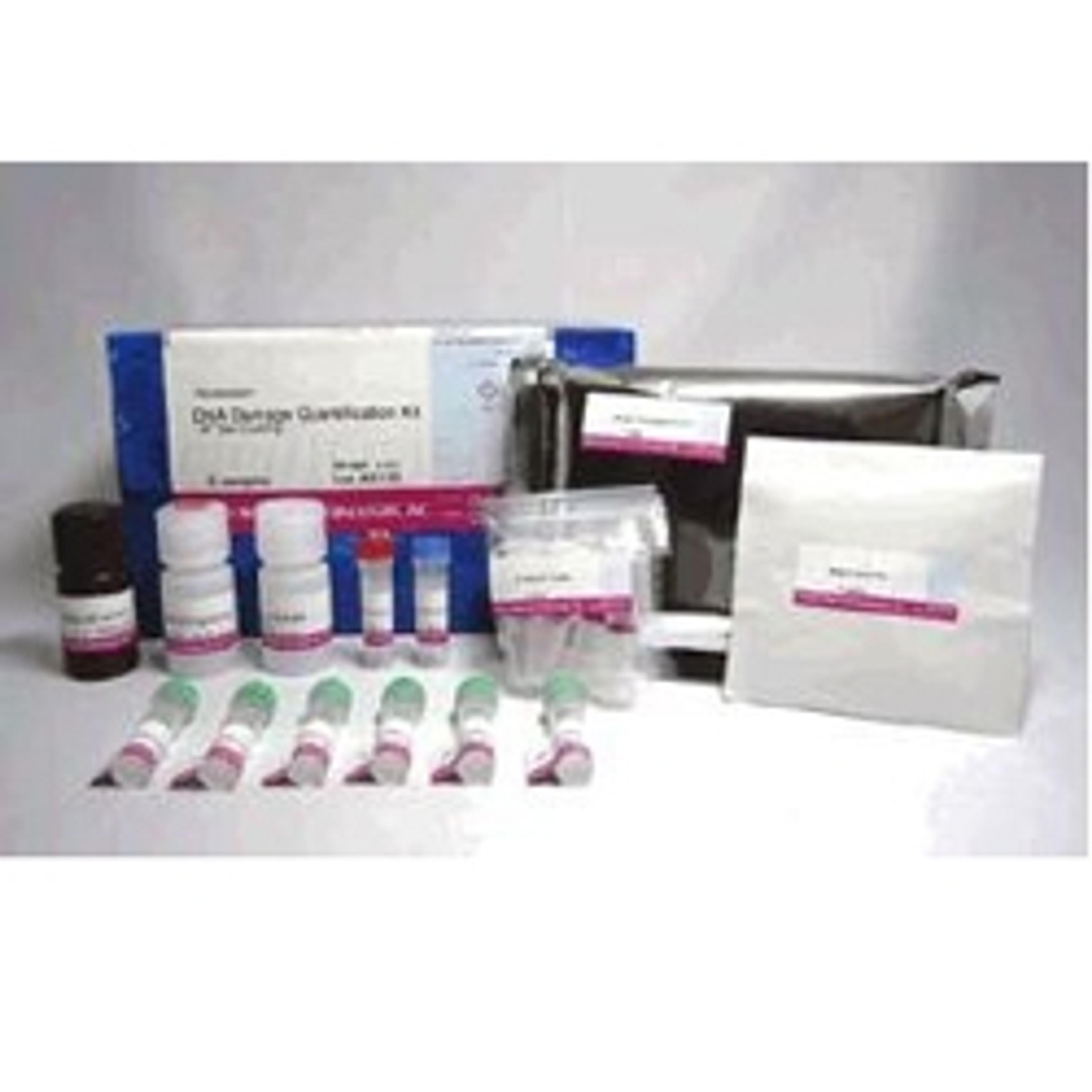DNA Damage Quantification Kit-AP Site Counting
Oxidative damage to DNA is a result of its interaction with reactive oxygen species (ROS), in particular, the hydroxy radical. Hydroxy radicals, which are produced from superoxide anion and hydrogen peroxide by the Fenton reaction, produce multiple modifications in DNA. Oxidative attacks by hydroxy radicals on the deoxyribose moiety will lead to the release of free bases from DNA, generating strand breaks with various sugar mo…
The supplier does not provide quotations for this product through SelectScience. You can search for similar products in our Product Directory.
Easy to use and great DNA damages marker!
Quantification of AP site in DNA
The kit was developed for the quantification of the AP site as a marker of DNA damage. It is a colorimetric assay, providing all the necessary reagents to perform the reaction and a detailed protocol. The kit provides enough reagents to analyze 20 samples. It is easy to use and after the final incubation of one hour, the colorimetric result was evident and easy to measure by reading the absorbance. The kit needs two days to be performed because of an overnight incubation.
Review Date: 3 Dec 2019 | Dojindo EU GmbH
Oxidative damage to DNA is a result of its interaction with reactive oxygen species (ROS), in particular, the hydroxy radical. Hydroxy radicals, which are produced from superoxide anion and hydrogen peroxide by the Fenton reaction, produce multiple modifications in DNA. Oxidative attacks by hydroxy radicals on the deoxyribose moiety will lead to the release of free bases from DNA, generating strand breaks with various sugar modifications and simple abasic sites (AP sites). In fact, AP sites are one of the major types of damage generated by ROS. Aldehyde Reactive Probe (ARP; N’-aminooxymethylcarbonylhydrazin-D-biotin) reacts specifically with an aldehyde group present on the open ring form of the AP sites (Fig. 1). This reaction makes it possible to detect DNA modifications that result in the formation of an aldehyde group. After treatment with excess ARP reagent, all of the AP sites on DNA are tagged with a biotin residue. These biotin-tagged AP sites can be quantified using the avidin-biotin assay, followed by colorimetric detection with either peroxidase or alkaline phosphatase conjugated to the avidin. DNA Damage Quantification Kit contains all the necessary solutions for detecting between 1 to 40 AP sites per 1 x 105 base pairs.



